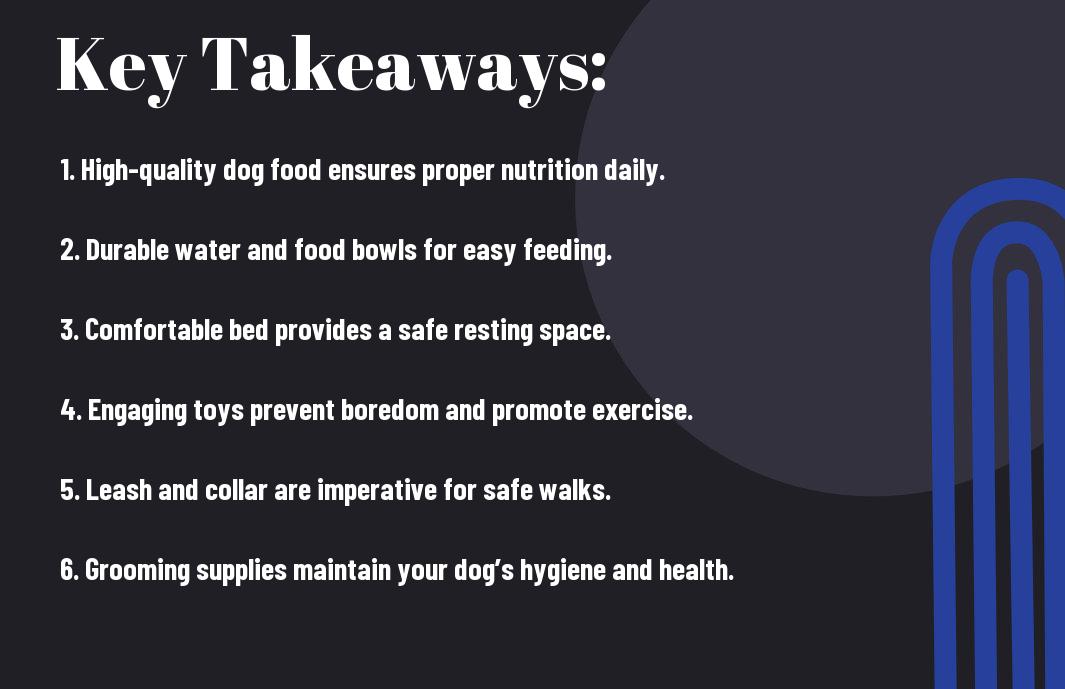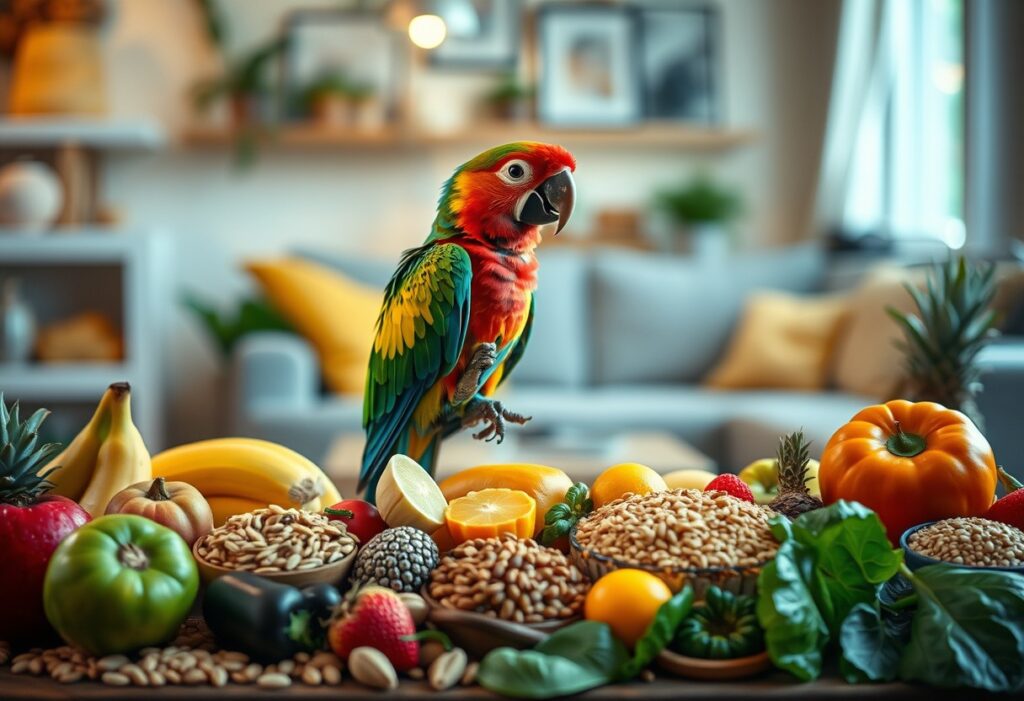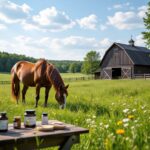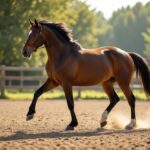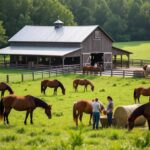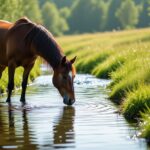Over time, seasonal changes can significantly affect your bird’s health and happiness. As a responsible bird owner, it’s imperative to ensure that your feathered friend is ready to adapt to these shifts. From adjusting their diet to modifying their environment, preparation is key for a smooth transition. In this guide, you’ll discover actionable steps to promote your bird’s well-being during seasonal changes, enabling you to provide the best possible care for your companion.

Understanding Seasonal Changes
Before you can adequately prepare your bird for a new season, it’s imperative to understand how seasonal changes can affect its health and behavior. Different times of the year bring unique challenges and opportunities for your feathered friend, making it crucial for you to recognize these shifts. From temperature fluctuations to varying sunlight hours, recognizing these seasonal impacts will allow you to take proactive steps to ensure your bird remains healthy and happy throughout the year.
Factors Affecting Your Bird’s Health
Any change in season can introduce a variety of environmental factors that directly influence your bird’s health. For instance, in the winter months, the colder temperatures can result in potential illnesses if your bird isn’t kept warm enough. Alternatively, the dry air during these months may lead to decreased humidity levels which can affect your bird’s feathers and skin. In the summer, on the other hand, increased heat can result in heat stress and dehydration if you are not vigilant about providing fresh water and plenty of shade.
- Temperature
- Humidity levels
- Weather changes
- Sunlight exposure
Perceiving these factors allows you to adjust your bird’s environment and care routine accordingly. Be mindful of their dietary needs, which may also shift with the changing seasons, necessitating a focus on seasonal fruits and vegetables to keep your bird nourished and healthy.
Behavioral Changes in Different Seasons
There’s no denying that your bird’s behavior can drastically change with the seasons. For example, during the longer, brighter summer days, you may notice that your bird is more energetic, vocal, and social. This increased activity can lead to heightened feelings of excitement and curiosity, signifying that your pet feels more alive and engaged with its surroundings. In contrast, as the days grow shorter and cooler in fall and winter, you might observe that your bird becomes less active, spending more time resting or hiding in its cage.
Seasonal changes often trigger specific instincts in birds, such as breeding or migration behaviors. During the springtime, many birds exhibit heightened mating behaviors. This period can be noisy and tumultuous as your feathered friend searches for a partner and establishes its territory. Conversely, in autumn, you might notice changes in feeding habits, as birds instinctively prepare for the colder months ahead by increasing their food intake. Recognizing these seasonal behavioral shifts can help you better understand your bird’s needs and well-being.
Seasonal fluctuations engage various aspects of your bird’s physical and psychological health, making it vital for you to stay observant. By knowing what behaviors to expect throughout the year, you can tailor your care routines and ensure that your bird remains content and stress-free amidst these transitions.

Preparing Your Bird for Seasonal Changes
Some birds experience noticeable changes in their behavior and health with the shift of the seasons. Adjusting their care accordingly is necessary for their well-being. As the weather transforms, your feathered friend may require modifications in diet, environmental enrichment, and routine care to thrive. This chapter will guide you through best practices for ensuring your bird is well-prepared for the upcoming changes in climate and environmental conditions.
How-to Adjust Diet for Seasonal Needs
Clearly, your bird’s dietary needs can vary with the seasons, which can profoundly impact their overall health. During cooler months, many species require a diet that is more calorie-dense to maintain body temperature and energy levels. Incorporating additional nuts and seeds can provide necessary fats and warmth. Conversely, as spring arrives, consider introducing more fresh fruits and vegetables, which provide vital hydration and nutrients during warmer days.
Moreover, it’s imperative to evaluate your bird’s dietary selections based on their specific species and individual preferences. Consulting with your avian veterinarian can offer personalized recommendations that align with seasonal shifts.
Tips for Environmental Enrichment
Adjusting your bird’s habitat to promote a stimulating environment is crucial, especially during seasonal changes. Environmental enrichment plays a vital role in keeping your bird mentally and physically active. Incorporating a variety of toys, perches, and climbing structures is necessary in maintaining their well-being throughout the year. Additionally, rotating these items regularly can keep your bird engaged and prevent boredom.
- Introduce new toys that mimic natural foraging.
- Offer various types of perches to encourage movement.
- Implement playtime time outside the cage for physical exercise.
- Provide safe outdoor experiences during nice weather.
Recognizing your bird’s natural behaviors and adjustments can guide you in making these changes effectively. Observing how your bird interacts with their enriched space will allow you to tailor their environment to their seasonal needs.
Adjusting environmental enrichment to meet your bird’s seasonal needs goes beyond just toys; consider providing **natural landscaping** elements such as branches or safe plants, which can simulate their natural habitat. It’s also highly beneficial to introduce foraging activities that encourage your bird to search for food hidden within their surroundings. By offering **mental stimulation**, you’ll be addressing various aspects of their health as well.
- Incorporate foraging opportunities in their setup.
- Adapt the lighting conditions to mimic natural day cycles.
- Ensure access to fresh air and sunshine where possible.
- Offer seasonal decorations that stimulate curiosity.
Recognizing the importance of these environmental enhancements will not just keep your bird entertained but will also ensure they remain healthy and happy throughout seasonal transitions.

Health Check and Maintenance
Once again, as the seasons change, it’s crucial to assess your bird’s health and readiness for the new environment. A thorough health check ensures that your feathered friend remains robust and happy during fluctuating weather and seasonal challenges. This process can help you detect any potential issues before they escalate, and it’s an necessary part of responsible bird ownership. Regular maintenance routines not only promote your bird’s physical well-being but also foster a strong bond between you and your pet.
How-to Conduct a Seasonal Wellness Check
Any time the season shifts, it’s wise to perform a comprehensive wellness check. Start by examining your bird’s **feathers** for signs of molting or any irregularities, as this can indicate nutritional deficiencies or stress. Pay close attention to the condition of their **beak**, **nails**, and **feet**, ensuring they are not overgrown or damaged. Beyond the physical examination, monitor their **behavior**; any changes in activity levels or vocalization could signify underlying health issues that may require immediate attention.
Next, check your bird’s **environment**. Ensure that living conditions, such as temperature and humidity, are optimal and reflect the needs of your bird species. Cleaning the cage thoroughly is necessary, as it helps prevent **bacterial** and **fungal** growth, which can lead to illness. Providing fresh **food** and **water** daily is vital, and consider supplementing their diet with seasonal fruits and vegetables to enhance their overall nutrition.
Tips for Preventive Care
With a proactive approach to preventive care, you can significantly enhance your bird’s well-being as the seasons change. **Regular vet check-ups** play a crucial role in spotting potential health issues before they manifest. Additionally, maintaining a nutritious and balanced diet tailored to your bird’s specific species needs is paramount. Incorporate plenty of **fresh greens** and avoid high-fat seeds or junk food that can lead to a host of health problems.
- Schedule regular **vet visits** and health check-ups.
- Provide a balanced diet rich in **nutrients** and **fresh produce**.
- Create a stimulating environment with **toys** and **activities**.
- Keep a close watch on their **behavior** for early signs of illness.
Wellness is not just about addressing issues when they arise; rather, it entails developing a routine that fosters good health habits for your bird. Regular monitoring of their **weight**, **diet** adjustments according to seasonal changes, and continual learning about avian health will greatly benefit your companion. Furthermore, ensure their living space is safe and enriched for mental stimulation, which greatly affects their overall **well-being**.
- Engage in daily **social interaction** to reinforce their mental health.
- Incorporate **exercise** opportunities to prevent obesity.
- Utilize the right **supplements** as advised by your avian vet.
- Avoid exposing your bird to **toxins** found in household products.
Thou should establish a routine that not only prepares your bird for the **new season** but also promotes long-term health, vitality, and happiness. By undertaking these preventive measures, you can help ensure a smooth transition between seasons for your cherished pet.
Socializing and Interaction
Your bird thrives on social interactions, and transitioning into a new season can sometimes disrupt their routine and social habits. During these changes, it becomes vital for you to foster a supportive environment that encourages bonding and interaction. By prioritizing socialization, you can not only alleviate any anxiety your bird may experience but also enhance its overall wellbeing.
How-to Increase Socialization During Seasonal Changes
Clearly, one of the best ways to increase your bird’s socialization is to spend more quality time with them. As the seasons change, carve out dedicated time for play and interaction each day. This will help your feathered friend transition smoothly into the new season while reducing feelings of isolation. You can also introduce new toys that require interaction, as these can engage your bird’s attention and encourage exploration.
In addition to playtime, consider varying the locations where your bird spends time. Moving their cage to a different area of your home can expose them to new sounds, sights, and experiences, which can enhance their social engagement. Regularly inviting your bird to partake in family activities ensures they feel included and loved, forging a stronger bond between you both.
Tips for Engaging Your Bird
With engaging your bird, it’s crucial to understand their behavioral cues. You can use positive reinforcement training to teach them new tricks or behaviors, which fosters trust and communication between the two of you. Incorporate **vocalization**, **play**, and **tactile engagement** into your daily routines to stimulate their mind. Bear in mind, each interaction is an opportunity to strengthen your relationship with your bird and enhance their emotional health.
- Provide **stimulating toys** that encourage play.
- Use **positive reinforcement** to build trust.
- Incorporate **daily routines** that include your bird.
Any steps you take towards enhancing engagement can significantly improve your bird’s emotional stability and social skills.
The more you engage your bird, the more comfortable they will become in expressing their personality. Make time for leisurely **out-of-cage time**, allowing your bird to explore freely under your supervision. This freedom can lead to increased confidence and curiosity, vital traits for a happier bird. Always remember, understanding their preferences and energy levels is key to creating an enjoyable experience for both of you.
- Offer **interactive playtime** that caters to their interests.
- Establish a **routine** that ensures they feel secure.
- Limit exposure to **stressful environments** during seasonal changes.
Any consistent efforts you make to engage your bird will yield long-term benefits, ensuring their happiness and safety throughout the changing seasons.
To wrap up
Now that you have a comprehensive understanding of how to prepare your bird for a new season, you can take proactive steps to ensure your feathered friend is thriving. Start by assessing your bird’s environment; make sure it is clean, comfortable, and suitable for the upcoming changes in temperature or humidity. Regular check-ups with your avian vet can help you monitor your bird’s overall health and readiness for the new season, while integrating seasonal diets can provide vital nutrients that support their immune system and energy levels. Don’t forget to incorporate social interaction and mental stimulation, as these factors play a crucial role in your bird’s well-being.
In addition, remember to be observant of any behavioral changes that may indicate stress or discomfort as the season transitions. Creating a routine that includes time for exercise, enrichment, and bonding activities will help your bird adjust more easily to seasonal shifts. By being attentive to your bird’s needs and making these small adjustments, you can enhance their quality of life and create a harmonious environment for both you and your avian companion. Ultimately, a well-prepared bird is a happy and healthy bird, ready to embrace the joys of the new season.
FAQ
Q: How can I tell if my bird is ready for a new season?
A: Assessing your bird’s readiness for a new season involves observing changes in behavior, activity levels, and physical condition. Birds often exhibit signs of molting, increased vocalization, and higher energy levels as they approach a new season. Additionally, monitor their diet and ensure they are consuming a balanced nutrition to support their increased activity. A veterinary check-up can also provide insights into your bird’s health status and readiness for seasonal changes.
Q: What steps should I take to adapt my bird’s environment for the new season?
A: Adapting your bird’s environment for the new season involves several key steps. First, assess the temperature and lighting needs. Provide optimal lighting hours to align with seasonal changes, as birds need a specific amount of light for healthy hormonal cycles. Additionally, adjust the cage setup by introducing seasonal perches, toys, and activities that stimulate mental and physical exercise. Lastly, consider airflow and humidity levels, especially if transitioning from winter to spring or summer to fall, to ensure your bird remains comfortable.
Q: How can I modify my bird’s diet to support them through seasonal changes?
A: Modifying your bird’s diet to support them through seasonal changes is crucial for their health. As the seasons shift, incorporate fresh fruits and vegetables that are in season, as they provide necessary vitamins and minerals. For example, during the spring and summer months, consider adding leafy greens and berries. It’s also important to adjust the proportions of seeds and pellets, as some birds may require more energy-dense foods in colder months or less in warmer months. Regularly consult with a veterinarian to create a balanced diet tailored to your bird’s specific needs and seasonal changes.
